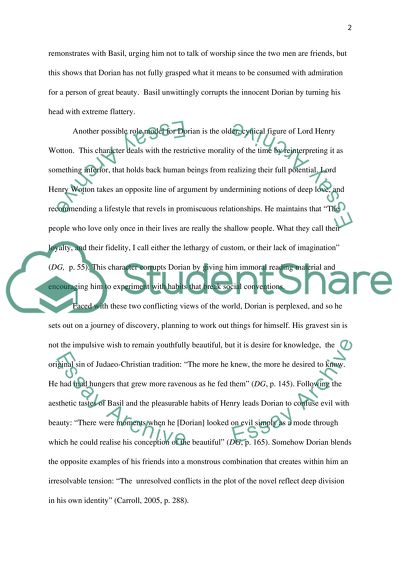Cite this document
(“The Portrait of Dorian Gray Critical Analysis Essay”, n.d.)
Retrieved from https://studentshare.org/english/1450789-the-portrait-of-dorian-gray-critical-analysis
Retrieved from https://studentshare.org/english/1450789-the-portrait-of-dorian-gray-critical-analysis
(The Portrait of Dorian Gray Critical Analysis Essay)
https://studentshare.org/english/1450789-the-portrait-of-dorian-gray-critical-analysis.
https://studentshare.org/english/1450789-the-portrait-of-dorian-gray-critical-analysis.
“The Portrait of Dorian Gray Critical Analysis Essay”, n.d. https://studentshare.org/english/1450789-the-portrait-of-dorian-gray-critical-analysis.


